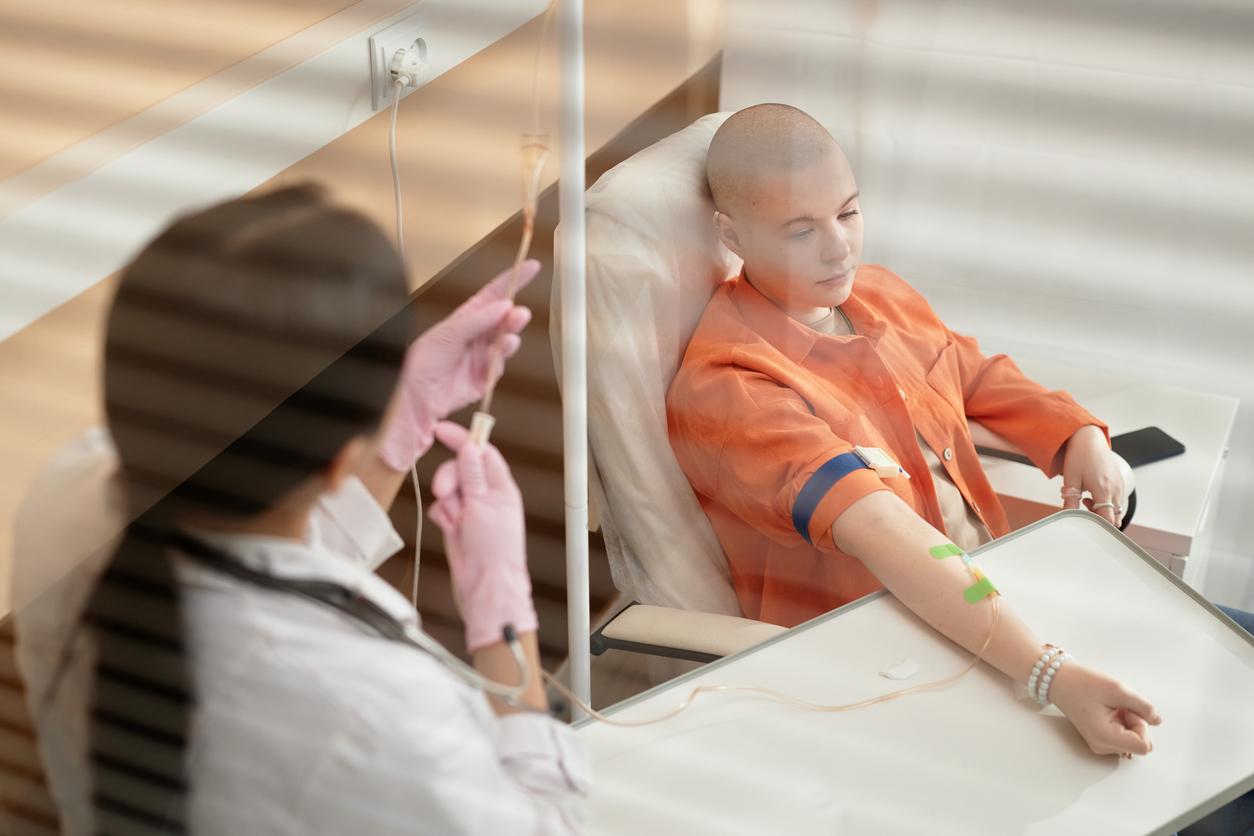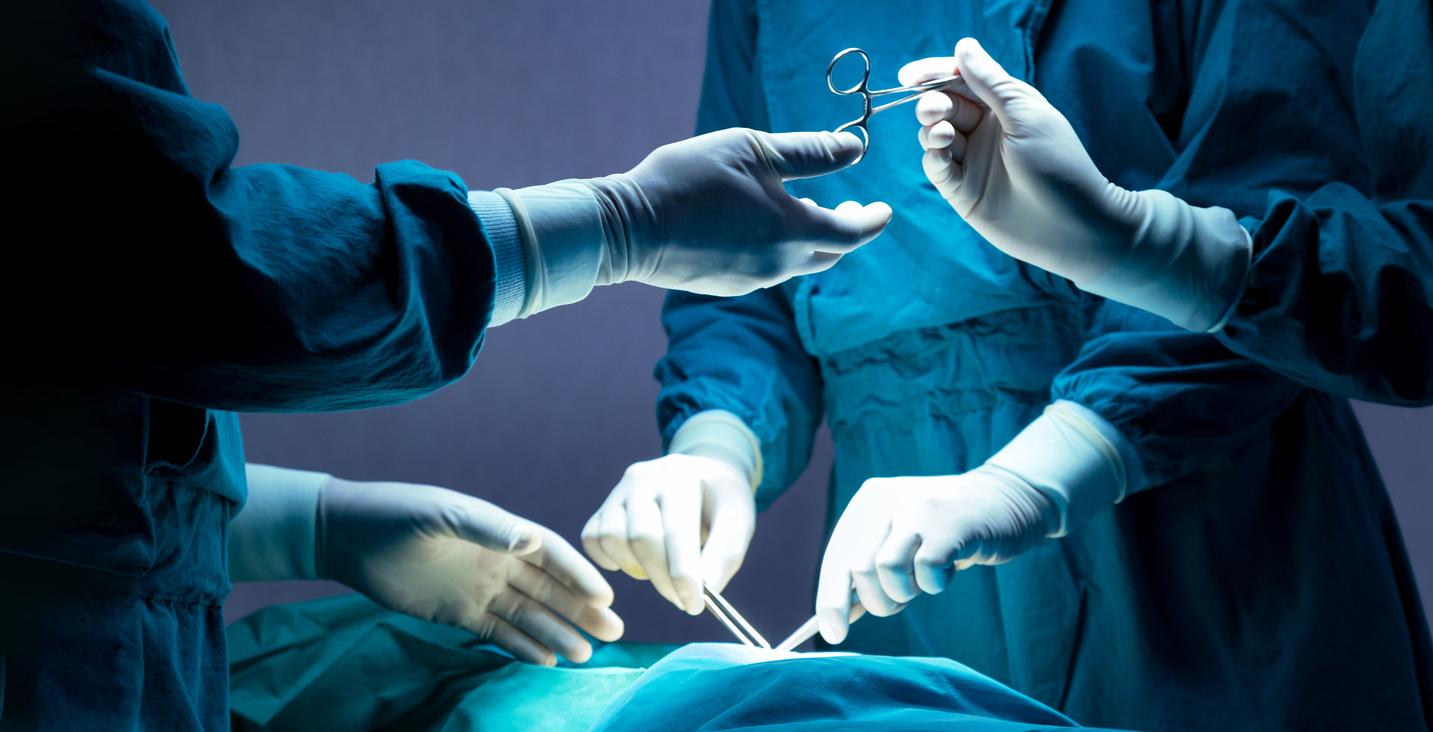
What types of chemotherapy are there?
Cancer treatment has progressed by leaps and bounds in recent years. One of the most powerful weapons against this debilitating disease is chemotherapy. Because every patient is different and every type of cancer is different, chemotherapy is used for different purposes.
If you have been diagnosed with cancer, the doctor will make a treatment plan with you. Chemotherapy is often (also) chosen; despite the sometimes unpleasant side effects. Chemotherapy is one of the most effective methods of fighting cancer.
Chemotherapy can be chosen for several reasons:
- To fully heal from cancer
- To shrink a tumor before surgery or radiation
- To destroy remaining cancer cells after surgery and reduce the chance of their return
- To inhibit the growth of cancer cells when a cure is no longer possible
- To combat or relieve disease symptoms such as pain
Types of Chemotherapy
Many people do not know that chemotherapy can be administered in different ways. The most well-known way is probably the intravenous or inter-arterial administration: via an IV directly into a vein or artery. Administration by injection under the skin or into a muscle or orally via pills or a drink are other methods.
Through an IV
With chemotherapy through the IV, the chemo drips directly through a tube into a vein. The IV needle is often placed in a vein in the forearm or hand, after which a measured amount of chemo is administered. How long this treatment lasts depends on, among other things, the type of chemotherapy, the dosage and the administration schedule; but can vary from five minutes to several hours. Administration of chemo through an IV is generally not painful, but can cause a burning sensation. It is best to watch TV or read a book during the treatment if you wish.
port-a-cath
Chemo through the IV is often chosen when the drugs may not be exercised outside the blood vessel or the chemo must be diluted. An additional advantage is that the rate of administration can be easily controlled via an infusion. This is important for some cytostatics. When the veins have been punctured more than once and the veins are no longer usable, a port-a-cath can be chosen. This is a temporary plastic tube that is placed in the chest, arm or leg to facilitate administration. Placement of the port-a-cath is not painful and the tube is removed after the treatment.
Normally, a few days before the administration of the chemo or on the day itself, blood is taken to determine the blood picture, among other things. It is possible that a (follow-up) course is postponed if the white blood cells, platelets or kidney function have not yet recovered sufficiently.
Chemo by injection
As mentioned, it is also possible to choose to administer the chemo via an injection under the skin (subcutaneously) or into a muscle (intramuscularly). Sometimes an injection is given directly to the skin in the vicinity of a tumor. This can all be done on an outpatient basis; you can go home immediately after the treatment.
Oral Chemo
The last dosage form is pills, capsules or potions. You can take this chemo at home or at work, although regular doctor checks are of course necessary.















